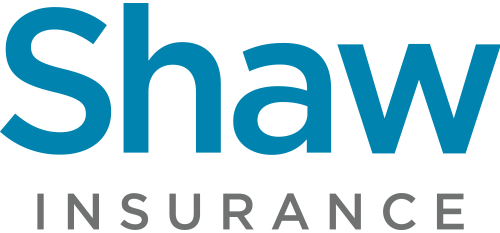Identity Theft Protection
Recent events involving stolen credit card information has led to a real concern for victims of identity theft. Identity thieves have become more and more savvy about how and where to find your personal information. In 2002 more than 160,000 reports of identity theft were filed, and the number continues to grow.
How do these criminals get your personal information? They can steal records from their employers. They can steal your mail or go through your trash looking for credit card statements or other financial information. They can steal your wallet. Some will even file a “change of address” form at the post office to divert your mail to another location. And they can get it through fraudulent web sites and social media.
Once they get your information the sky’s the limit. Thieves can charge purchases to your credit cards. They’ll use your social security number to open new credit card accounts, checking accounts and even apply for a loan. They may give your name to police during an arrest and if they don’t show up for their court date a warrant will be issued in your name.
How can you protect against identity theft? Keep a close watch on your credit report and credit card statements. If you see anything suspicious report it immediately.
If your wallet or other personal possessions are stolen there are several things you can do:
- Notify all authorities. File a report with the local police department. Cancel all credit cards, ATM cards, checking and savings accounts. Stop payment on all outstanding checks. If keys were taken, change the locks.
- Call one of the major credit reporting bureaus. Equifax (800) 525-6285, Experian (888) 397-3742, or TransUnion (800) 680-7289. The three bureaus share information so you only need to contact one. Request a “fraud alert” on your Social Security number. This is an important step that most people don’t do. “Alert” status means that any transactions made with your identity will raise a red flag. No new charges or credits can be issued without your approval.
- Replace any credit card and ATM cards or other financial records you have lost. Ask issuers to add password protection to new accounts. That way they can confirm your transactions and quickly identify those that are unauthorized.
- Check all statements. Make sure you receive all statements and check each and every transaction. Most issuers, including credit card companies, will only hold you responsible for a minimal amount of fraudulent charges when you report your account information as missing or stolen.
- Contact the Fraud Clearinghouse. File a complaint with the Federal Trade Commission (1-877-IDTHEFT). The more information they receive from consumers the better they can investigate and solve these types of crimes.
You can also purchase Identity Theft Insurance. While consumers aren’t generally liable for the financial bills that can accumulate when a crook steals a person’s identification or financial records, the cost of clearing up credit records and personal reputation can be daunting.
Many insurance companies offer some type of identity theft coverage that can be added to a homeowners policy for an additional premium. This coverage is relatively inexpensive and reimburses policyholders for expenses incurred to re-establish their credit rating. Covered expenses typically include legal expenses, loan re-application fees, telephone and certified mailing charges, notary expenses and lost wages.
Unfortunately identity theft is one of the most difficult crimes to catch or to solve. Most victims never find out who did it. The best course of action for consumers it to take steps to prevent it by being aware of where and how they use this information and to destroy or secure materials that carry this information such as credit card statements, bank statements, etc…
If an identity theft does occur, take the steps outlined in this article to help minimize the damage.

